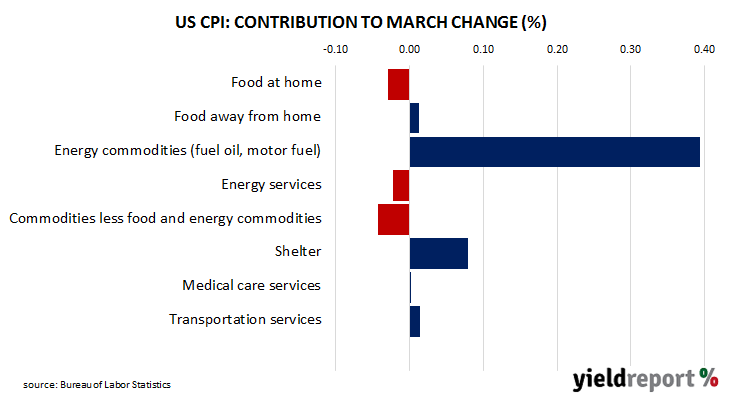The annual rate of US consumer inflation halved from nearly 3% in the period from July 2018 to February 2019, before it then quickly increased back to 2%. At the same time, core inflation has been much less volatile and it has mostly ranged between 2.00% and 2.30%. In recent times, differences between the two measures has mostly been caused by changes in gasoline (petrol) prices.
Consumer price index (CPI) figures released by the Bureau of Labor Statistics indicated seasonally-adjusted consumer prices increased on average by 0.3% in April, below the 0.4% consensus figure and lower than March’s 0.4% increase. On a 12-month basis, the inflation rate inched up from March’s annual rate of 1.9% to 2.0%. The primary driver of the increase was another move in gasoline prices but rents also played some part.


